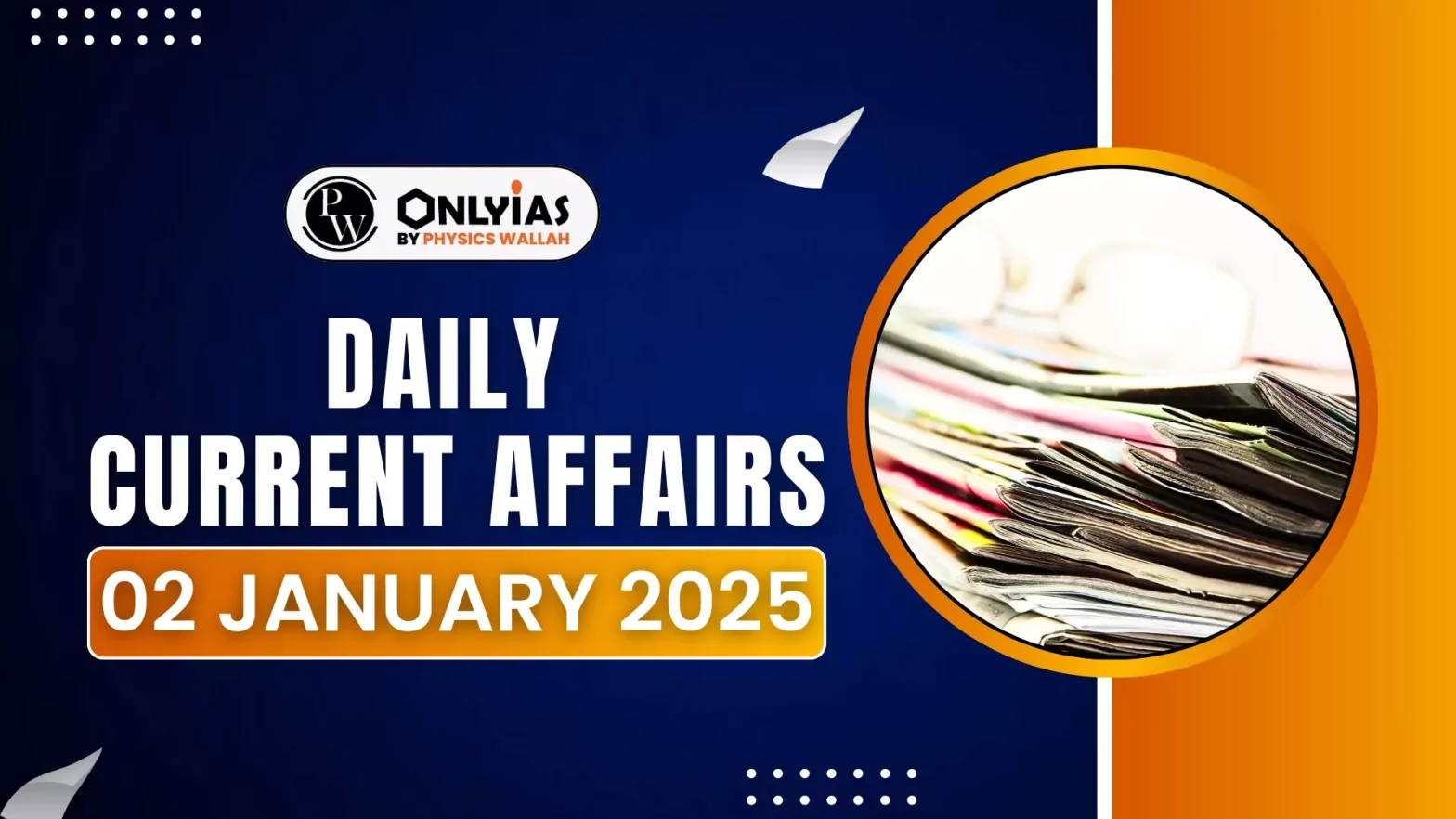Following the death of former PM Manmohan Singh, the government declared seven days of state mourning, from December 26 to January 1.
- During this period, the national flag was flown at half mast across India where it is regularly flown.
About State Funeral
- Definition: A state funeral is a ceremonial event organized for significant public figures, following specific rules and protocols, and involving public mourning.
- Eligibility:
- According to government guidelines, a state funeral is accorded in the event of the death of:
- The President.
- The Prime Minister.
- A former President.
- A Governor (limited to the concerned state).
- No state funeral is accorded for other dignitaries unless specifically ordered by the government.
- A State funeral will be attended by all the gazetted officers of Government who may be present in the station.
- Service personnel will wear dress for State functions.
- Organizing Authority: The Ministry of Defence is responsible for organizing arrangements for a state funeral, based on notifications from the Ministry of Home Affairs.
Enroll now for UPSC Online Course
About National Mourning
- Declaration: National mourning is declared either by the Central or State Governments to honor leaders or individuals who have made significant contributions to the country.
- Official Protocol During Mourning:
- The national flag is flown at half mast.
- All official entertainments are suspended, except for Republic Day, Independence Day, or Mahatma Gandhi’s birth anniversary.
Flag Code for State Funerals
- During a state funeral, the national flag is draped over the bier or coffin, with the saffron side positioned towards the head.
- According to Section 3.58 of the Flag Code of India, 2002, the flag is neither lowered into the grave nor burned with the body.
Salient Features of the Flag Code of India
- Shape and Dimensions: The national flag must be rectangular in shape, with a ratio of 3:2 for length to height (width).
- Flags measuring 450 x 300 mm are designated for aircrafts used in VVIP flights, while those sized 225 x 150 mm are intended for display on motor-cars. Additionally, flags with dimensions of 150 x 100 mm are specifically used as table flags.
- Prohibition of Simultaneous Hoisting: The national flag should not be flown from a single masthead simultaneously with any other flag or flags.
- Usage on Vehicles: The national flag may only be flown on vehicles of dignitaries mentioned in Section IX of Part III of the Flag Code, such as the President, Vice-President, Prime Minister, and Governors.
- Positioning Restrictions: No other flag or bunting should be placed higher than, above, or side by side with the national flag.
Check Out UPSC CSE Books From PW Store
Amendments to the Flag Code of India
- 2021 Amendment: The use of the national flag made of polyester or machine-made materials was permitted.
- The national flag may now be made of hand-spun and hand-woven or machine-made cotton, polyester, wool, or silk khadi bunting.
- 2022 Amendment: The rules for flag display were relaxed.
- The national flag may now be flown day and night if displayed in the open or on the house of a member of the public.
- Earlier, the flag could only be flown from sunrise to sunset, regardless of weather conditions.
![]() 2 Jan 2025
2 Jan 2025

